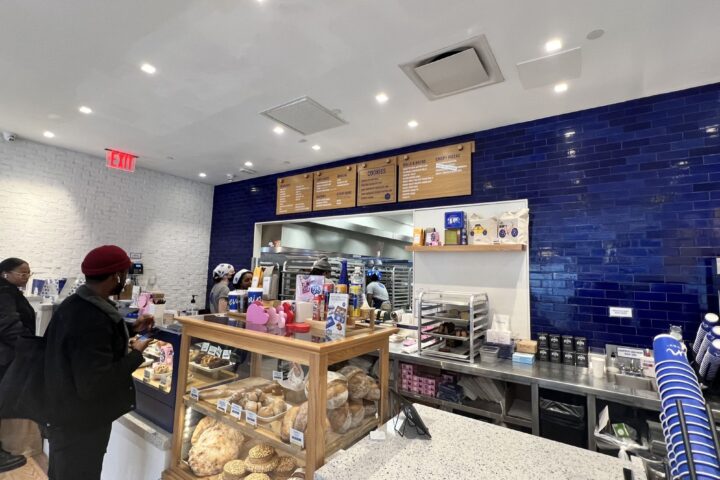If you’ve spent any time in Korea or watched Korean dramas, chances are you’ve heard someone say something like “눈치 좀 있어라” or “걔는 진짜 눈치 없다.” The word 눈치 (nunchi) frequently pops up in everyday Korean conversation. However, despite its widespread use, it remains one of the most challenging concepts to translate or explain to non-Korean speakers.

At its core, 눈치 refers to the ability to read between the lines—picking up on unspoken cues such as facial expressions, tone of voice, body language, social atmosphere, and even silence. It’s not just a word; it’s a cultural skill that reflects a person’s awareness of others and the context they’re in.
There’s no exact English equivalent for 눈치. Words like tact, sense, or reading the room come close, but they don’t fully capture its nuance. 눈치 isn’t just about being polite or intuitive—it’s about navigating social situations with subtlety and emotional sensitivity.
For example, if someone seems upset but hasn’t said anything, a person with good 눈치 will pick up on this and adjust their behavior accordingly. Someone who is 눈치 없다 (lacking 눈치) might ignore the emotional undercurrents and say or do something awkward or inappropriate.
In Korean society—where indirect communication and group harmony are valued—눈치 is an essential interpersonal skill. It functions as a kind of silent language, helping people maintain smooth social relations without needing to speak directly.

To be called 눈치 없다 can be more than just a mild criticism—it can be socially damaging. It implies a lack of social awareness or even emotional intelligence. In workplaces, schools, or relationships, this label can lead to subtle exclusion or conflict.
Imagine a company dinner: the boss stands up, signaling it’s time to leave. Someone with 눈치 will also rise, maybe help the boss with their coat. But if someone lingers, joking and ordering more drinks, they risk being seen as 눈치 없다—someone who “just doesn’t get it.”
Other examples include pushing someone to talk when they clearly want to be alone, interrupting a tense moment with jokes, or dominating a conversation when others are quiet. These actions ignore subtle signals—precisely what 눈치 is meant to catch.

눈치 also appears in several everyday expressions:
- 눈치가 빠르다: Quick to read a situation or other people’s emotions.
- 눈치 없다: Oblivious, lacking sensitivity to a situation.
- 눈치 보다: Watching others’ reactions carefully before making a move or speaking.
- “I couldn’t eat lunch because I was 눈치 보다-ing the boss.”
- 눈치껏: An adverb meaning “using one’s 눈치”—doing something appropriately according to the situation.
- “눈치껏 행동해.” (Act with awareness.)
These phrases are found in Korean dramas, casual conversations, and even corporate communication. For language learners, they represent a bridge to understanding how Koreans manage indirect communication.
For learners of Korean, understanding 눈치 is not just about learning a word—it’s about learning how to adapt socially in a Korean context. Lessons that include real-life scenarios, role plays, and even clips from Korean dramas can be excellent ways to teach this expression. Discussing 눈치 also provides insight into cultural values like respect, hierarchy, and emotional regulation.
Knowing when and how to use 눈치 helps foreign residents in Korea navigate social situations more effectively, avoid misunderstandings, and foster better relationships. In many cases, a strong sense of 눈치 leads to smoother interactions and deeper cultural immersion.
Ultimately, 눈치 is more than a quirky Korean term—it’s a cultural lens. Mastering this concept helps learners not only understand the Korean language better but also engage more meaningfully with Korean people and society.
ⓒ 뉴욕앤뉴저지. 무단전재 및 재배포 금지












